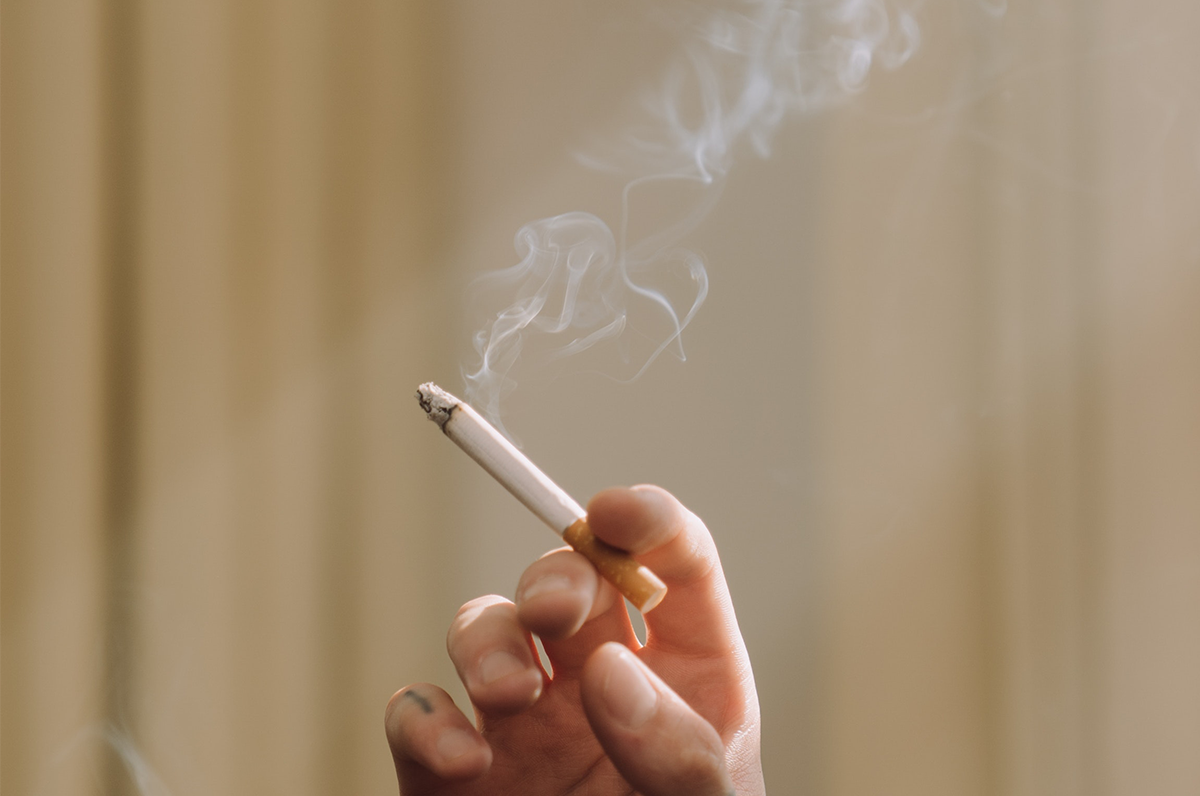Did You Take Part in the Great American Smokeout?

The deadliest cancer in the world is lung cancer, causing more than eight million deaths per year globally. The top prevention contender? Smoking cessation.
Making the decision to quit is easy. It’s the actual follow-through that poses the real challenge. That said, smokers can and do quit smoking for good—in fact, since 2002 there is evidence that there are more former smokers than current smokers. Resources like a strong support system, cognitive behavioral therapy, and the help of your primary care physician are all effective partners in your journey to quit.
If you (or a loved one) is ready to quit smoking, consider making the Great American Smokeout—held this year on November 17—the first day of your journey toward a smoke-free life.
The Great American Smokeout
Each year, the American Cancer Society sponsors the Great American Smokeout, an annual event that takes place on the third Thursday of November, challenging smokers to quit the habit for 24 hours. This year the event will take place on November 17.
The ‘smokeout’ concept was spearheaded in 1970 by a high school guidance counselor in Massachusetts. He asked people to give up smoking for one day and donate the money they would have spent on buying cigarettes to a high school scholarship fund. The movement gained media attention, and was adopted by local communities to inspire smoking cessation. Seven years later in 1977, the American Cancer Society took the effort nationwide.
Since then, the American Cancer Society has led several smoke-free advocacy efforts, resulting in significant landmarks in tobacco research and policy. These advocacy efforts include the 1999 Master Settlement Agreement, which requires tobacco companies to pay $206 billion to 45 states by the year 2025 to cover Medicaid costs, and the 2009 Family Smoking Prevention and Tobacco Control Act, which protects children from tobacco marketing campaigns and practices.
Vaping: The Next Generation of Cigarettes
The work of the American Cancer Society is far from over. The latest smoking trend—vaping—is gaining momentum, especially amongst kids, teens, and young adults. The CDC warns that the use of any tobacco product, including e-cigarettes, is unsafe for young people, as most e-cigarettes contain nicotine, a highly addictive substance present in cigarettes and vaping products that is known to harm adolescent brain development.
But nicotine isn’t the only harmful element found in the liquid ingredients that e-cigarette devices turn into vapor. They can also contain heavy metals and cancer-causing chemicals. These products are often marketed as a safer alternative to smoking, but there is no evidence to support that e-cigarettes are any less dangerous than smoking cigarettes. They may in fact, be just as detrimental to one’s health.
Important Lung Cancer Guidelines
In 2021, The United States Preventive Services Task Force (USPSTF) revised its guidelines to recommend starting annual screenings at age 50. The screening guidelines address smoking history and recommends screenings for those with 20 pack years*. If you are a smoker, and want to understand your risk levels, you can also ask your provider about undergoing a low-dose computed tomography test.
While the majority of lung cancer cases are linked to smoking, up to 25% of lung cancer deaths in the United States are people that have never smoked.
And despite the newly expanded guidelines, people who don’t have a history of smoking are still left out of screening consideration. While you may not be eligible for a free test per the guidelines, you can—and should—still get tested, especially if you have reason to be concerned, whether because of a family history of lung cancer or environmental influences.
Support from your provider
If you meet the screening guidelines, have a family history of lung cancer, or want to learn more about your options, schedule a visit with your primary care provider at The Health Center at Hudson Yards.